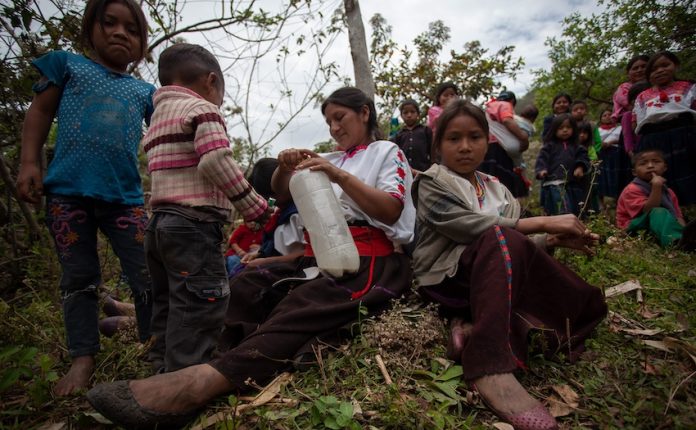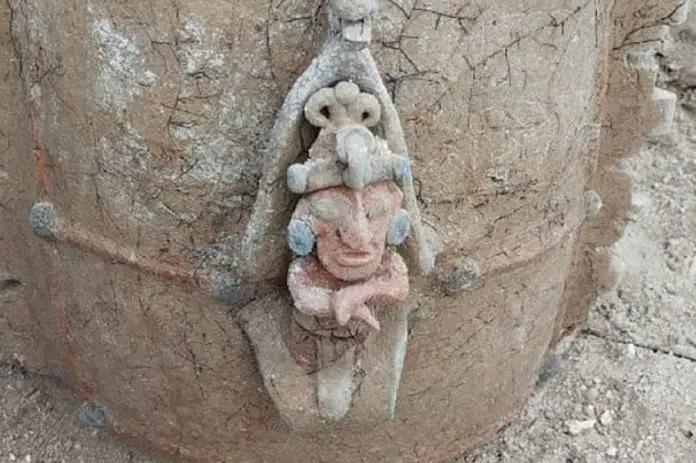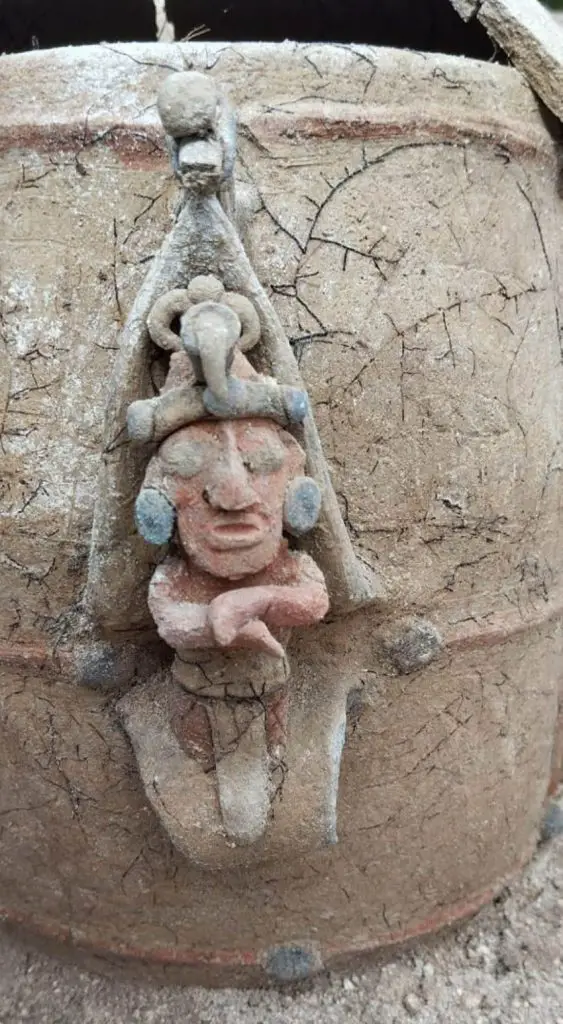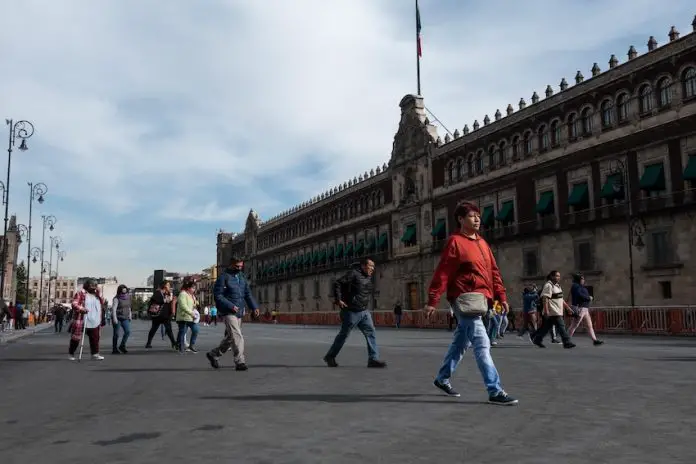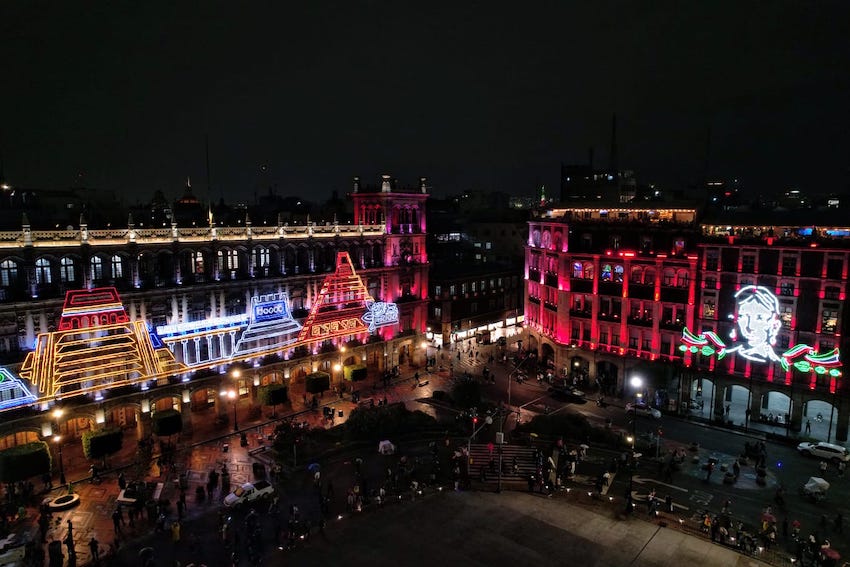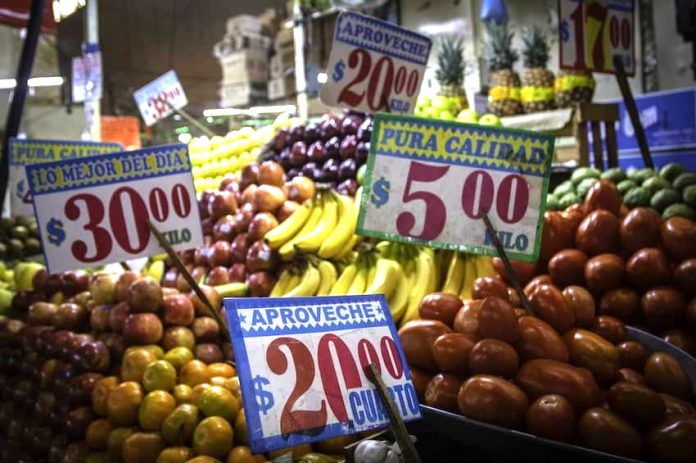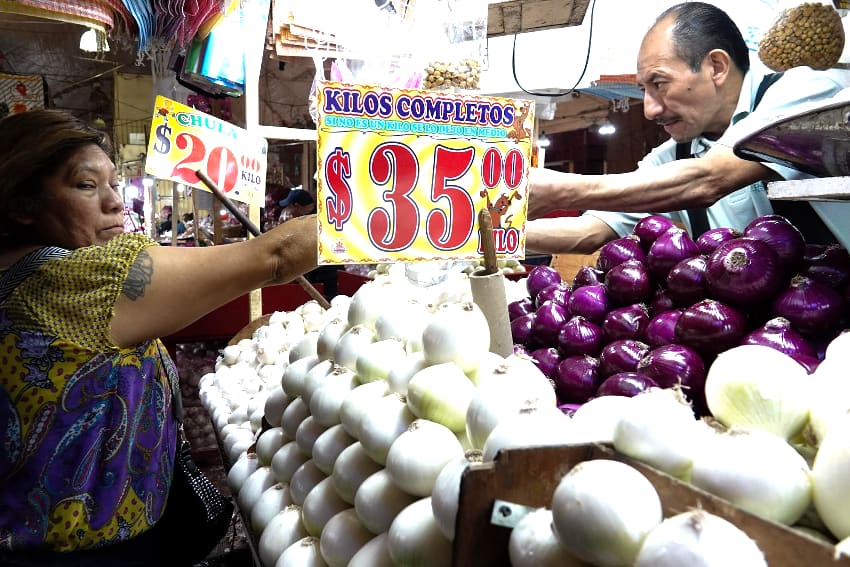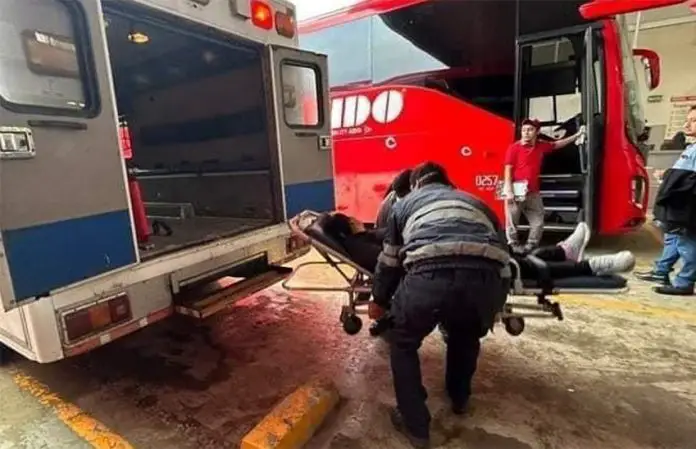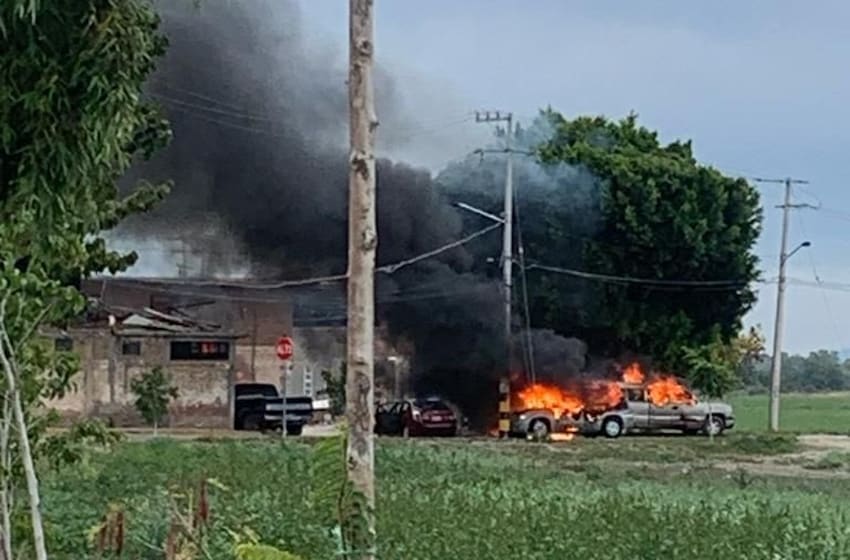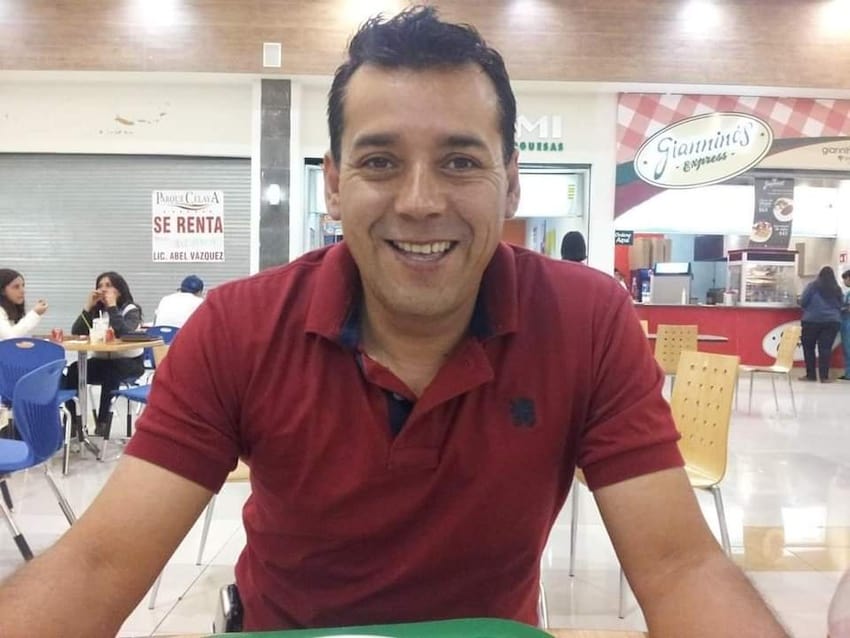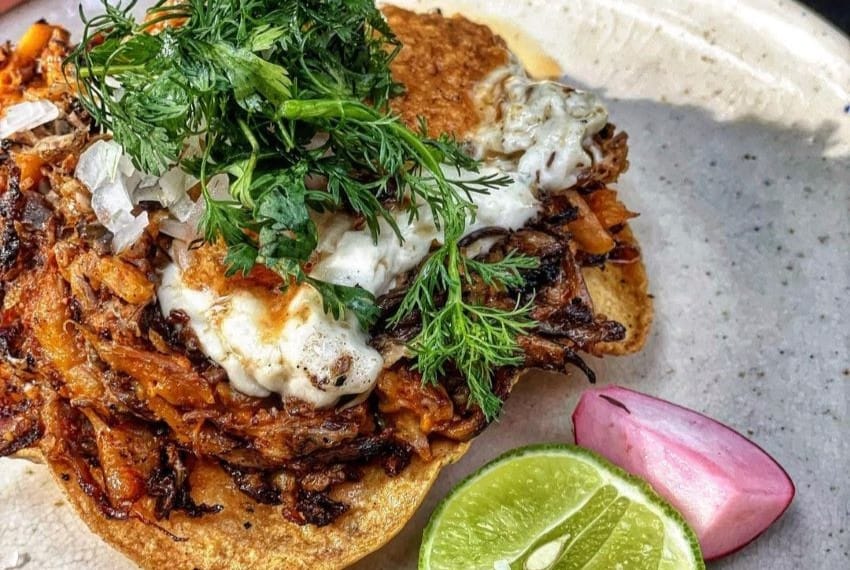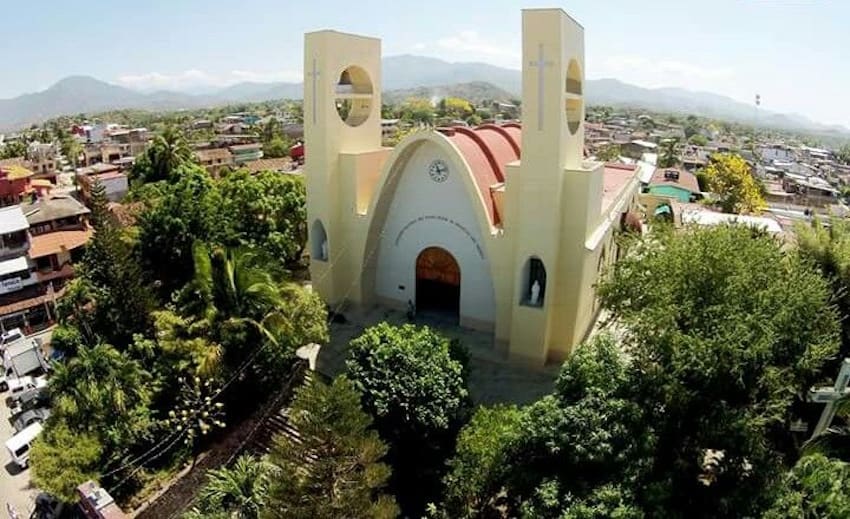Interest in plastic surgery shows no signs of slowing down, and it’s fueling a boom in medical tourism. Many consider “is medical tourism safe in Mexico?” and “how much does plastic surgery cost in Mexico?” as they search for a cosmetic surgeon for that “mommy makeover,” tummy tuck, or breast augmentation that is safe, affordable, and of the highest standard. We met Dr. Roberto Galaso Trujillo from the prestigious ABC Medical Center in Mexico City, who told us what you need to know to feel confident getting plastic surgery in Mexico.
Together with Dr. Roberto Galaso Trujillo
Are plastic surgeons in Mexico board certified?
A common concern is knowing what education, training, and experience you should look for to find the best plastic surgeon in Mexico for you.
“In Mexico, you have to train in general surgery for three years in order to become a plastic surgeon”, says Dr. Roberto Galaso, a smart, young, professional surgeon who runs his cosmetic and plastic surgery practice out of ABC Medical Center, CDMX, one of the most esteemed hospitals in the country. He furthered his studies in reconstructive and plastic surgery for 4 years at the Hospital Dr. Manuel Gea González, considered one of best in Latin America, under the mentorship of Dr. Fernando Ortiz Monasterio. Ortiz is himself a renowned surgeon and the first to perform cleft palate surgery and other craniofacial malformations successfully. “I also learned how to perform breast augmentation and aesthetic surgery with this doctor and witnessed the flood of international patients.” It is highly competitive to be accepted into.
After completing his 7-year training, Dr. Galaso traveled to the U.S., Turkey, Spain and Colombia to improve his expertise in breast surgery and liposculpture, which has become his specialty. In addition to training, Mexico requires a doctor’s thesis to be validated by top surgeons. Alongside this critical training – necessary for safe and successful outcomes – Dr. Galaso went on to receive his board certification from the American Society of Plastic Surgeons (ASPS) and the International Society of Aesthetic Plastic Surgery (ISAPS).
When exploring your options for medical tourism, researching a doctor’s training thoroughly is imperative. Double-check that a doctor is certified to practice in Mexico, like Dr. Galaso.

Is plastic surgery in Mexico safe?
Dr. Galaso tells us that attending the professional international conference circuit helps him keep abreast of the latest information and technology from other experts, as well as being able to contribute his own advancements.
Last year, at the gathering of The American Society of Plastic Surgeons, aka “The Meeting”, he presented on rhinoplasty. This year’s meeting will be held in Austin in late October. He already attended the International Society of Aesthetic Surgeons conference that took place in Athens, Greece.
“And the year before that, I gave a presentation in Seoul about reconstructive jaw surgery. It’s very common to have malformations [congenital birth defects] in Mexico”. Next year in February, he will attend IMCAS – “the congress” – the most important annual gathering of aesthetic and plastic surgeons and dermatologists, to be held in Paris. “The truth is, aestheticians in Mexico have been known to administer procedures that should be done by plastic surgeons, so it’s really important to work with a board-certified doctor that absolutely knows what they’re doing,” he tells me.
Plastic surgery in Mexico vs USA: Under the right care, as safe and effective, and easier on the wallet
A common question for prospective patients is “how much does plastic surgery cost in Mexico?” as you consider where the best place is for the procedure you’re looking for. “So many people were traveling to Colombia from the US and Mexico for body contouring. It was an overlooked niche that I felt qualified to offer in Mexico.” Now, about 20% of his patients are coming from America, and of course, it’s far less expensive than in the US. The cost for a liposuction procedure, and other procedures, in Mexico is typically 20% less than the same treatment in the US, depending on the patient and personal requirements for the procedure, according to data search on Treatment Abroad.
You can benefit from the exchange rate and cost of living, but Dr. Galaso recommends not searching for a deal when researching plastic surgery in Mexico. “We offer plastic surgery packages in Mexico for international patients,” he tells me. “You’re paying a bit more, but still a lot less than in the US, for the hospital environment and the additional services.”
Why choose a hospital for cosmetic or plastic surgery in Mexico City?
View this post on Instagram
While considering where to get plastic surgery in Mexico, there are many factors to consider: “You need rigorous health checks, and I am careful to say yes to a patient, ” Dr. Galaso states. Naturally, peace of mind around your procedure is of utmost importance, and the environment you choose will be key. For the last four years, Dr. Galaso is proud to have been granted space for his surgery and office at ABC Medical Center, one of the most respected hospitals in Mexico. In order to practice there, a committee has to validate the doctor’s seven-year training results, and it’s a requirement to have five published peer-reviewed medical articles. Every two years, doctors will go through a further review process.
What are popular plastic surgery procedures?
Trending right now is Dr. Galaso’s specialty surgery, “body contouring,” commonly known as the “Mommy makeover.” “It’s very popular,” he tells me. But not just for moms; women who feel unhappy about having loose or lax skin are investing in this procedure for impressive and delightful results. “Tummy tuck, or abdominoplasty (aka ‘the corset waist’) and breast lifts are really popular right now, as well as breast reduction and shaping.” The majority of his patients are Mexican, but he’s now seeing a rise in international clients, especially from the US.
“I’m finding men are currently looking for liposuction and facial reconstruction, like rhinoplasty. They want to look well-formed and strong, often with a six-pack!”
How does medical tourism work? What to expect before your plastic or cosmetic surgery in Mexico
Patients often don’t have a lot of time to spare when they travel to Mexico for a plastic surgery package, and often wonder when it is safe to fly after plastic surgery. “We have expert protocols around pre-operative care and post-operative recovery. We usually need 2 weeks maximum to feel confident sending patients home”, Dr. Galaso says. The International Plastic Surgery Program by Dr. Galaso offers a VIP package, where clients can stay at the nearby St Regis hotel, which includes chauffeur service from the airport to the hotel, a 24/7 butler, meals for all types of dietary requirements, nurses, therapists and follow-up appointments with Dr. Galaso. The regular package offers standard rooms at the Hyatt House hotel, which connects via a bridge to the ABC Medical Center. Transport, meals, and after are included. The only additional patient expense is the plane fare. Dr. Galaso’s team of therapists and nurses provide daily follow-up care and are mostly bilingual, and Dr. Galaso is on call and close by for any questions or needs.
He reiterates the importance of the preoperative process and much communication with the patient’s doctor, garnering a thorough preoperative analysis through examination of all medical reports. A patient typically arrives for surgery with Dr. Galaso two days prior.
Is plastic surgery in Mexico right for me?
If you’re serious about that surgery you’ve been thinking about and researching, a 2-week trip for plastic surgery in Mexico City will get you access to the cutting-edge techniques available to plastic surgeons today, as well as Dr. Galaso’s commitment to professional ethics. Far more cost-effective than the same procedure in the US, his work can change the way you see yourself.
This article is sponsored by Dr. Roberto Galaso Trujillo, an accomplished Board Certified Plastic, Aesthetic, and Reconstructive Surgeon practicing in Mexico.
Disclaimer: A previous version of this article was published on November 16, 2023. This article is for informational purposes only and should not be considered legal or medical advice. Individuals should always consult with qualified professionals regarding medical procedures, including plastic and/or cosmetic surgery, and medical aesthetic treatments, as well as consider their jurisdiction’s applicable laws and regulations.
Henrietta Weekes is a writer, editor, actor and narrator. She divides her time between San Miguel de Allende, New York and Oxford, UK.



